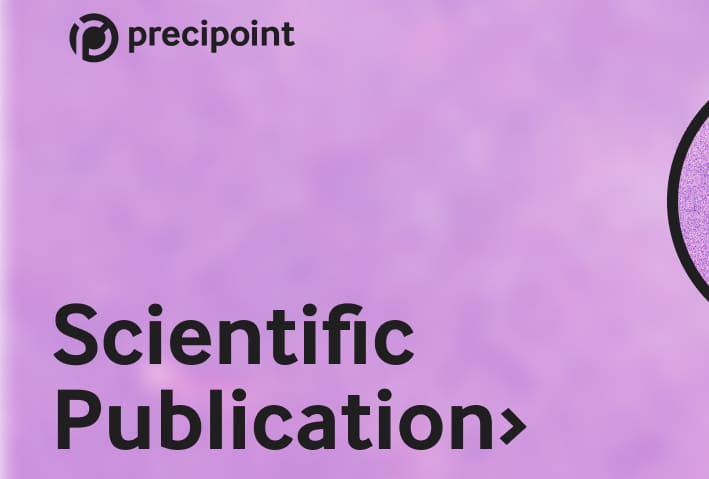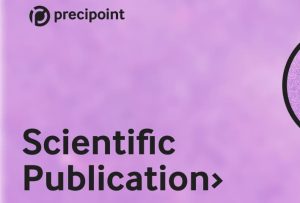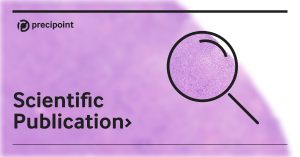Microscopy is a conventional method for experimental tests and the optical analysis of cell morphology and changes in molecular expression. As so, also our M8 is used in some of these publications. Qiu J., Albrecht T., Zhang S et al. also published a research paper with the title „Human carnosinase 1 overexpression aggravates diabetes and renal impairment in BTBROb/Ob mice” where our M8 found a use.
„Objective To assess the influence of serum carnosinase (CN1) on the course of diabetic kidney disease (DKD). Methods hCN1 transgenic (TG) mice were generated in a BTBROb/Ob genetic background to allow the spontaneous development of DKD in the presence of serum carnosinase. The influence of serum CN1 expression on obesity, hyperglycemia, and renal impairment was assessed. We also studied if aggravation of renal impairment in hCN1 TG BTBROb/Ob mice leads to changes in the renal transcriptome as compared with wild-type BTBROb/Ob mice. Results hCN1 was detected in the serum and urine of mice from two different hCN1 TG lines. The transgene was expressed in the liver but not in the kidney. High CN1 expression was associated with low plasma and renal carnosine concentrations, even after oral carnosine supplementation. Obese hCN1 transgenic BTBROb/Ob mice displayed significantly higher levels of glycated hemoglobin, glycosuria, proteinuria, and increased albumincreatinine ratios (1104 ± 696 vs 492.1 ± 282.2 μg/mg) accompanied by an increased glomerular tuft area and renal corpuscle size. Gene-expression profiling of renal tissue disclosed hierarchical clustering between BTBROb/Wt, BTBROb/Ob, and hCN1 BTBROb/Ob mice. Along with aggravation of the DKD phenotype, 26 altered genes have been found in obese hCN1 transgenic mice; among them claudin-1, thrombospondin-1, nephronectin, and peroxisome proliferator–activated receptor-alpha have been reported to play essential roles in DKD. Conclusions Our data support a rolefor serum carnosinase 1 in the progression ofDKD.Whether this is mainly attributed to the changes in renal carnosine concentrations warrants further studies.“
Jiedong Qiu et al.
Our digital microscope was used for the scanning testicular tissue sections that were colored Histological and Immunohistochemical.









